Court Dances in the Korean History and What They Stand For
- byDamilola Jimmy
- 4 months ago
- 0 Comments
- 3mins
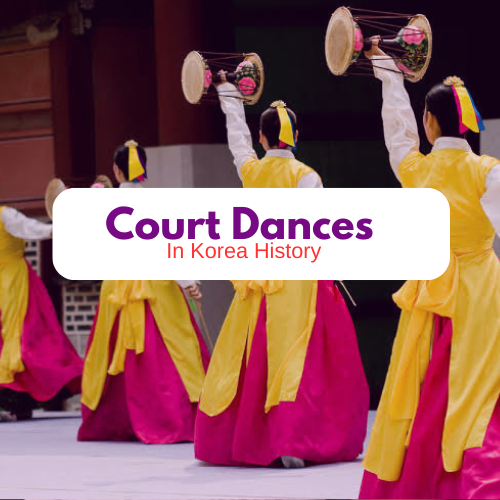
We are in the modern world where everything is fancy and captivating, but how about we take a look at the root of these things we enjoy today? From the grandeur of royal courts to the heartfelt bubbling fun of folk villages, Korean dance has evolved as a powerful expression of spirituality, social life, and artistic wisdom into what we get fascinated by today.
One of the most interesting dances of those times is the court dance. They are also known as ritual dances that were performed during court ceremonies in order to honor deities, ancestors, or spirits. Koreans believe in the balance between the human and spiritual worlds, so they sought to invoke blessings, protection, and prosperity through these dances.
Here are several court dances in the Korean culture and why they are being performed:
Cheoyongmu (Dance of Cheoyong)
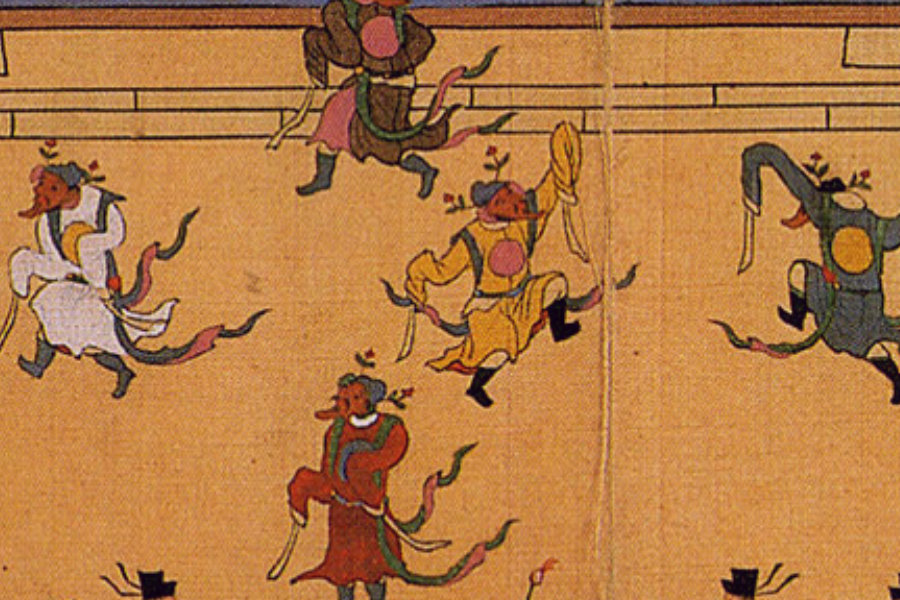
This is a traditional Korean mask dance originating in the Unified Silla period. This dance features five masked performers representing Cheoyong, the son of a Dragon King of the East Sea who is believed to have the power to ward off evil spirits and bad luck. They move in a unified, majestic, and rhythmic movement with the intention of warding off evil spirits at year’s end. This dance was celebrated for its ritual significance and aesthetic discipline in 2009 and inscribed as a UNESCO Intangible Cultural Heritage.
Mugo (Drum Dance)
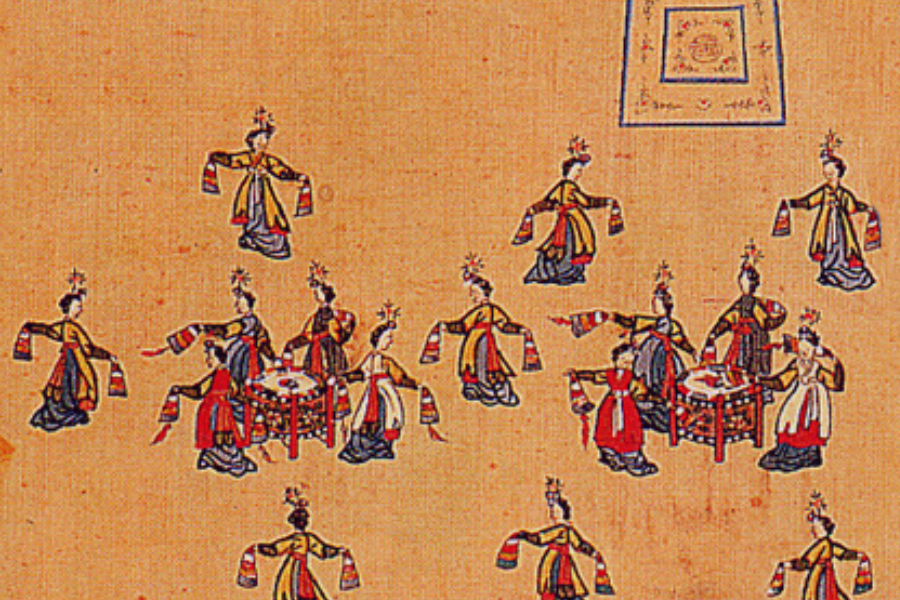
Back in the Goryeo era, Mugo came from an exiled official who danced and drummed on a log raft to express his emotions before it turned into an elegant court performance involving multiple drums, symbolic colors, and ritual precision. It also lived on and was adopted into the Joseon court, where performers played the drums while dancing expressively.
Chunaengjeon (Dance of the Spring Oriole)
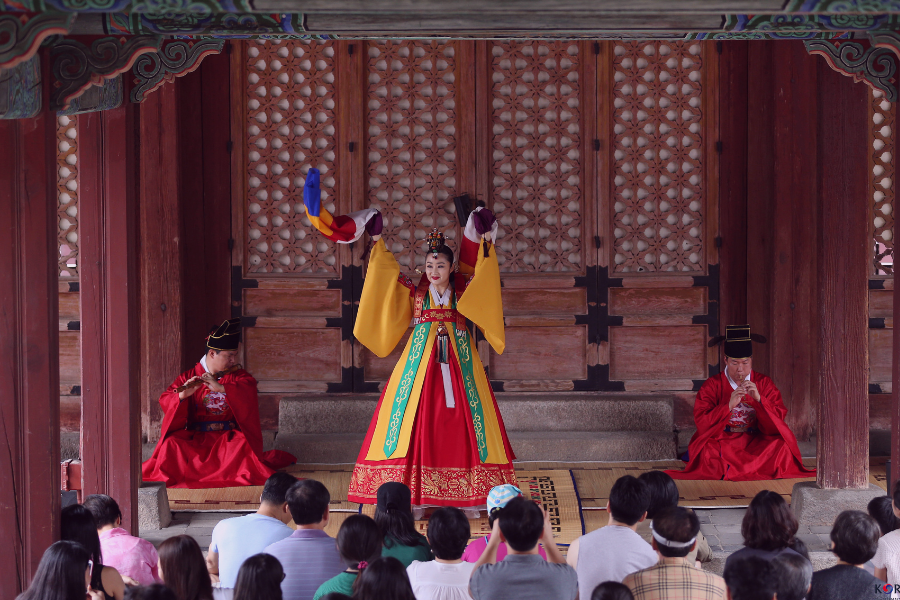
This beautiful dance was created in the late Joseon period, in the year 1828 by Prince Hyomyeong. The solo dance imitates a nightingale’s perch on a willow tree branch in a lovely spring. The dancer puts on a yellow dress that depicts the bird’s color and a red belt around the waist. It emphasizes refined expression because of the tiny and elegant steps as it is being performed on a flower-patterned floor. The “hwajeontae” movement is often used by placing colorful sleeves behind to mimic a bird with a smile defining the dancer’s grace.
Seungjeonmu (Dance of Military Triumph)
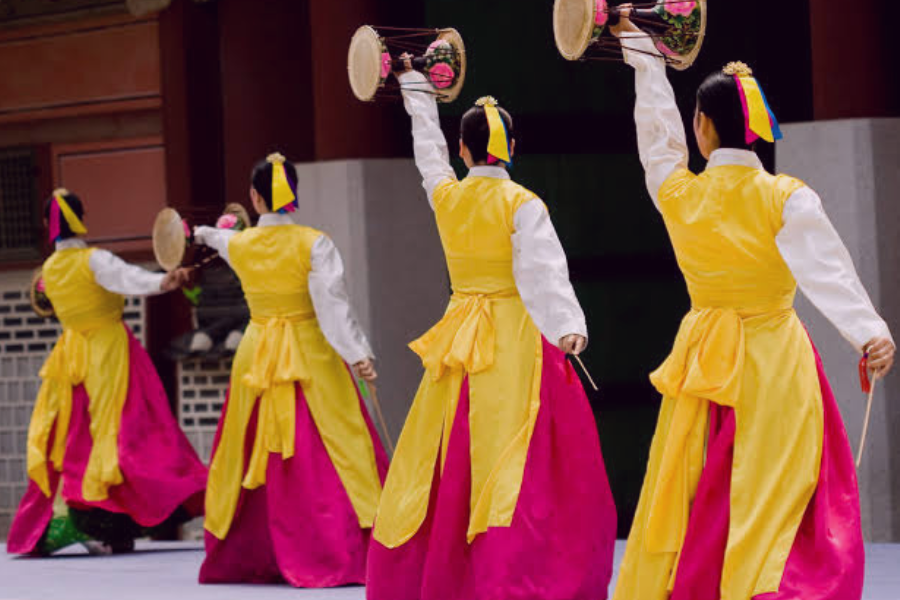
This dance was born from ancient Goguryeo rituals and refined during the Joseon era. It is a powerful court dance that combines a drum ensemble (Mugo) and sword choreography where the dancers put on traditional attire with a white jacket and a red skirt. It was historically performed to pray for victory before battle, and it continues today as a symbol of courage and triumph, honoring national heroes like Admiral Yi Sun-sin.
These dances have stood the test of time and still exist to this day, even though some of them have evolved. However, Seungjeonmu and Cheoyongmu are still carried out in their initial ways and rhythms. The preservation of both the cultural beliefs and steps is greatly adored and appreciated by people who have deepened their interests in the Korean culture.
Which of these dances are you hearing of for the first time?
Tags:
Damilola Jimmy
The ink drips smartly over here. Let me take you through the world of my imagination while riding on the letters😎 It's all fun in this corner.
0 Comment(s)
Related Posts
Daily Newsletter
Get all the top stories from Blogs to keep track.
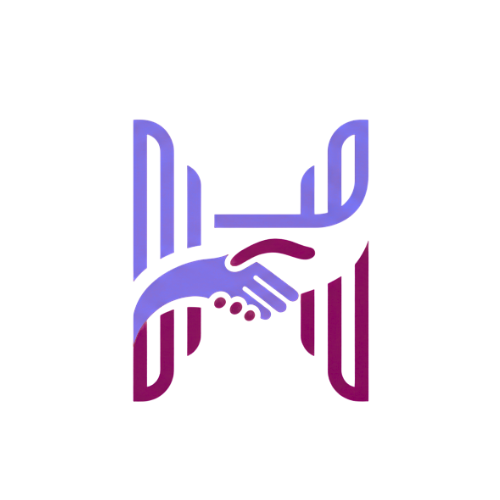

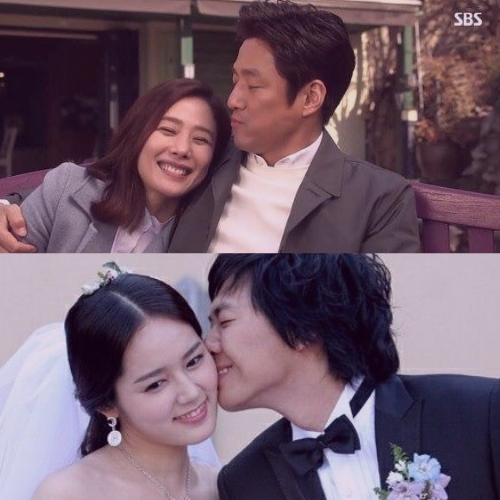


Leave a comment